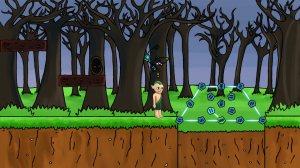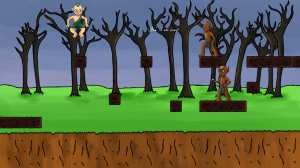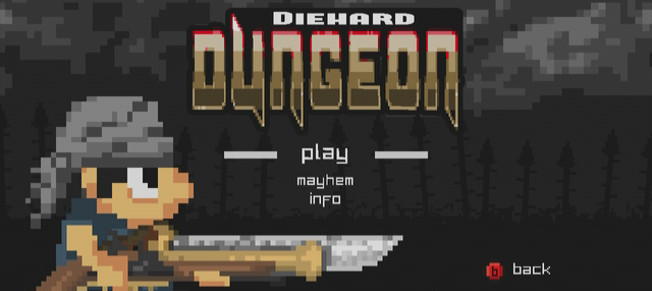Indie gaming is a world unto itself, where the only limitation is your imagination and how far you wish to explore it. Sententia, by Michael Arts, is the second game to be showcased for the Indie Games Uprising III, and is a self-confessed “art game” that attempts to dive into the imagination of a child whilst struggling to keep said child alive as it grows older. It would be fair to say that Sententia draws inspiration from games like Braid, and as such plays as a puzzle/platformer, although Sententia keeps the two mechanics apart, which as we will discuss is a blessing for many reasons.
The puzzle element of the game is a genuinely interesting idea and the strong point of the game. Your protagonist must use their imagination to build a bridge, connecting each node with how many corresponding lines are needed depending on the markers on each node. This, however, has two major flaws. Firstly, the controls are fiddly and makes the most taxing affair of the puzzle actually getting between each node and selecting to build or delete the bridge; secondly, and this applies for the game in general, you are left to your own devices to some extent to figure out the mechanics, because the game does a poor job of explaining what needs to be achieved. The second issue coincides with the platforming side of the game and is one of many, many issues that turn a promising indie game into an infuriating experience.
Let’s turn to one of the worst games ever released for a major console; The Wizard of Oz (Snes 1993), which is an abhorrent game that highlights the two big no-no’s you must consider when making a platformer. Firstly, if you have a platform to jump towards and you land on the corner of said platform but fall through to your death – you have a bad platform game; secondly, if you fill the screen with small platforms but fail to tell the player that a number of areas to land on are actually fake traps – you have a bad platform game.
Now to Mega Man 2, which is an example of a good platforming game that highlights how to explain to your player that a potentially lethal trap is coming up ahead. It carefully shows, even with a subtle hint, that a trap is imminent. For example, in stage 3 of Dr Wily’s castle, the player will encounter invisible platforms like the ones found in Sententia, but the first one you fall through is only back to the floor below, meaning the player is not cheated out of a life and they now know to be careful. Now, in Sententia you have unlimited lives, so a cheap first death does not have as many potential issues that exist in Mega Man 2, but that only serves to purpose lazy game design and thus it is inexcusable.
In twenty years or so of playing any of the 2D side scrolling versions of the Super Mario Bros series have you ever felt that you died because of poor controls? It is probably only a handful of times, even if that, because the games give you full control over every jump. So death only comes at the hands of tricky platforming and well thought out game design. Sententia has neither of these things and death usually comes in the form of terrible controls or unfair enemy placement – which brings us onto combat.
There is only one mechanic for combat in the game, which comes in the form of projecting words from the avatar’s mouth towards an enemy, who in return fire back at you. It creates a unique visual that flows along nicely with the art style of the game as a whole, but the mechanic creates a level of annoyance by not giving you the ability to shoot while jumping in the air and the enemy placement at times demands the need for such ability – it just adds to the non-stop frustration. It does not even end there, because even when you kill an enemy the damn thing will respawn almost instantly, utterly defeating the purpose of having any form of combat in the first place. Getting through any screen on the game feels nothing short of a chore.
Ultimately there is small reward to be attained from playing Sententia; which is a shame, because the concept behind it is interesting. The art style is unique, albeit the animation needs refinement, and the puzzle mechanics have potential, but it is all hidden behind a mess of poor game design on even the most basic of levels.
Overall Rating: 




This game was reviewed using a copy provided by the developer for that purpose.
Additional Sententia coverage:
Review on Clearance Bin Review
© 2012 – 2013, The Indie Mine. All rights reserved.






Good points, and I agree across the board.
Sententia seems like a potent example of a good idea badly executed. It really feels like it needs a few more months in development.